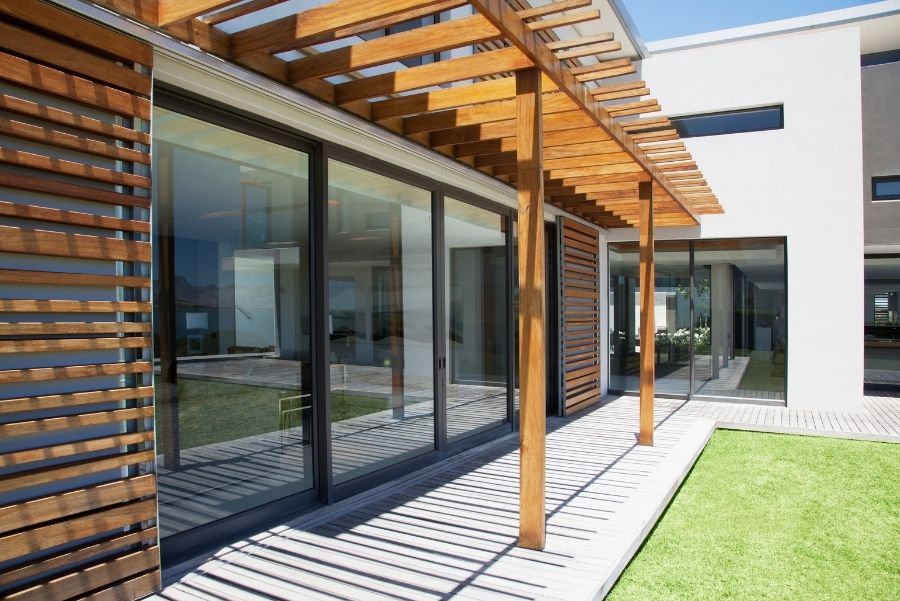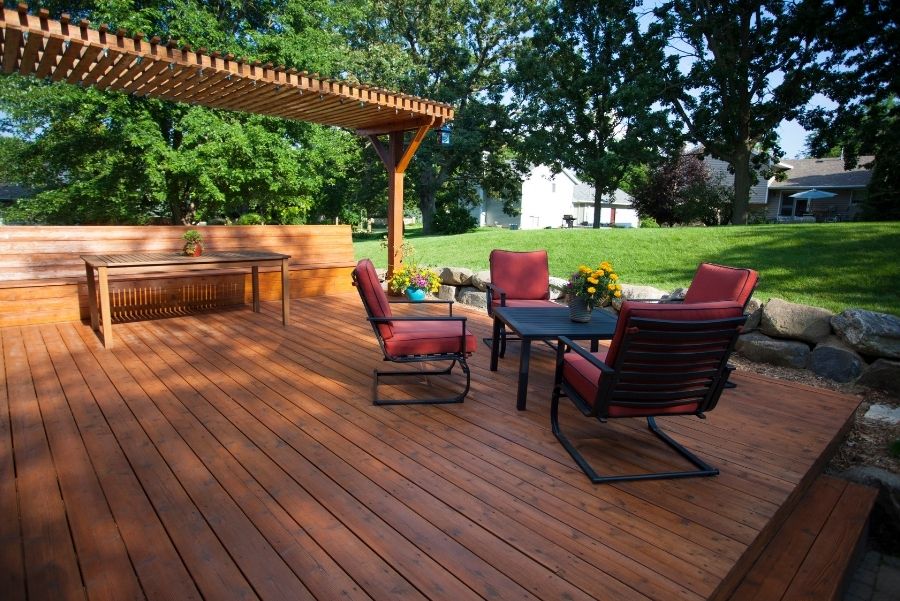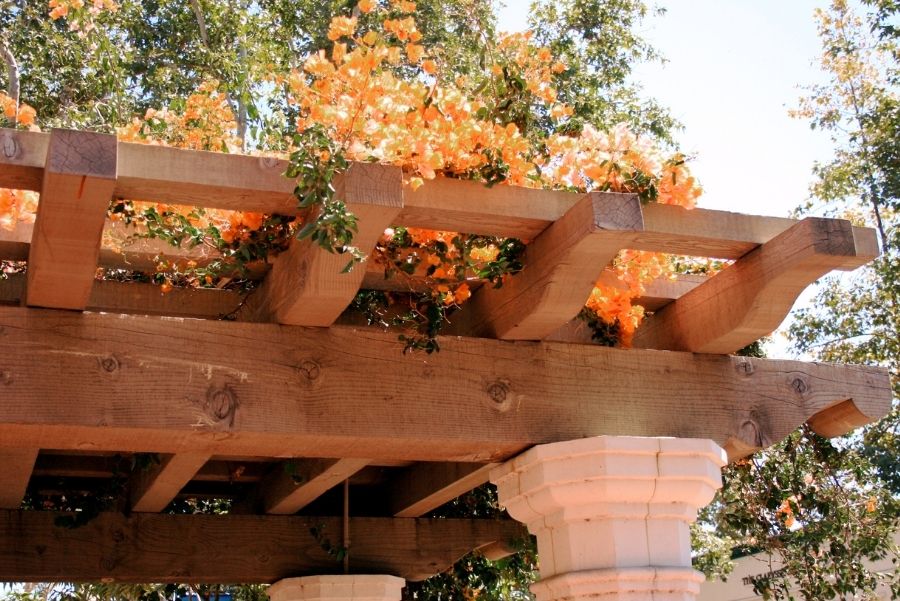Kitchen cabinets are used a lot, so they have to meet specific requirements such as sturdy and big enough to store pots, pans dishes, utensils and kitchen supplies. They also need to withstand moisture, water spillages, heat, scratches, kitchen splatters, oil and dirty hands.
The cabinet’s primary purpose is storage, but at the same time, it should also be aesthetically pleasing and match the theme of the kitchen. It’s essential to consider all these requirements in finding the best value for a money kitchen cabinet that can fit your budget. It’s not easy, but it requires a delicate balancing act between quality and price. Kitchen Cabinets can categorize between the materials used and style or design. Renovation companies like Canberra bathroom renovations always have a cabinet maker in their team of renovators who specialises in designing and installing cabinets.
Kitchen Cabinets materials
- Colour board Laminate – provides a very durable finish and has the best flexibility in terms of colours and texture. They have a wide array of colours to choose from to match the kitchen’s theme and design. They are incredibly cost-effective and looks great in the kitchen.
- Solid Timber – it is robust and provides a very durable finish and structural integrity. It can be resanded, stained or repainted to match them and design of the kitchen. It is also extremely sturdy and can withstand a lot of abuse, making it perfect for busy kitchens.
- Two-pack – a high gloss look finishes using super durable polyurethane paint applied to any kitchen cabinet surface. A two-pack can follow the kitchen wall’s exact colour and provides a classic and high-end look for the kitchen cabinets.
- High Gloss Board – is a glossy clean, modern and cheaper alternative to a two-pack finished kitchen cabinet. It is a very durable material that is usually around 18mm thicker than a colour board.
- Prefinished veneers – this kitchen cabinet is made from prefinished wood veneers. These are kitchen cabinets made from real wood grain textures supported by a laminated backing sheet. It retains the appearance of Timber but is scratch, stain, and impact resistant.
- Thermo-laminated vinyl wrap – this is a kitchen cabinet made from thin boards vacuum-sealed to vinyl sheets. They have a seamless look and has no edges. There some issues regarding the quality of these materials but it has now improved.
Types Kitchen Cabinets
- Flat-panel cabinets– also known as slab are simple but stylish. They have hardline and have a minimalist form and are suited for modern style homes. They do not have frames and are made from a concrete wood slab, and they are an affordable choice.
- Glass Door cabinets – is well suited to Hamptons homes and country kitchens. Since its a glass-fronted cabinet it allows easy view of items that are stored inside. It’s great especially in displaying your ceramics, china and crystal glassware.
- Shaker Style – is characterized by its sturdy wood construction, flat panel door with rail frames and functional design. It usually has a five-piece design: a single wood backing and four smaller slats that form a border around its outer edge.
- Beadboard – it offers a more dynamic look with its ridges or beads between each plank. This kitchen cabinet is best suited for country style homes and kitchens.
- Sliding cabinet doors – is well suited for a compact kitchen with limited space since it uses sliding doors. It matches elegantly with a vintage kitchen design or Scandy style home.


